Homoharringtonine
Homoharringtonine (HHT), an FDA-approved anticancer agent for leukemia treatment, is known for its ability to inhibit protein synthesis and induce apoptosis in cancer cells with a low toxicity profile. Ideal for CML and AML therapy.
Overview
Homoharringtonine (HHT) is a plant alkaloid derived from the bark of the evergreen tree Cephalotaxus harringtonia. Recognized for its potent anticancer properties, HHT has emerged as a critical component in the treatment of various leukemias, including chronic myeloid leukemia (CML) and acute myeloid leukemia (AML). By inhibiting protein synthesis, HHT effectively induces apoptosis in malignant cells, offering a targeted approach to cancer therapy.
Key Features
– Anticancer Efficacy: Demonstrates significant anticancer activity, especially against leukemia cells, by inhibiting protein synthesis and inducing apoptosis.
– FDA-Approved: Approved by the FDA for the treatment of chronic myeloid leukemia (CML), underscoring its clinical relevance and therapeutic potential.
– Minimal Cross-Resistance: Exhibits effectiveness in patients resistant to other treatments, offering an alternative for those with limited options.
– Synergistic Potential: Shows potential for use in combination therapies, enhancing the effectiveness of other anticancer agents.
– Low Toxicity Profile: Compared to traditional chemotherapy, HHT has a relatively low toxicity profile, minimizing adverse effects on patients.
Applications
– Leukemia Treatment: Primarily used in the treatment of chronic and acute myeloid leukemia, providing a lifeline for patients with these conditions.
– Research Tool: Utilized in scientific research to study the mechanisms of apoptosis and protein synthesis inhibition in cancer cells.
– Combination Therapy: Often used in combination with other chemotherapeutic agents to enhance anticancer efficacy and overcome drug resistance.
Functions
- Protein Synthesis Inhibitor: Acts by specifically targeting and inhibiting the synthesis of proteins in cancer cells, leading to cell death.
- Apoptosis Inducer: Triggers apoptosis, or programmed cell death, in malignant cells, effectively reducing tumor growth.
- Therapeutic Agent: Serves as a powerful therapeutic agent in the fight against leukemia, improving patient outcomes and survival rates.
Details
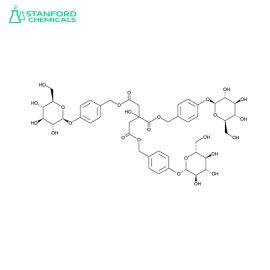
| Available Sizes | 30 capsules, 60 capsules, 90 capsules |
|---|---|
| Key Ingredient | High-quality, pure Parishin extract |
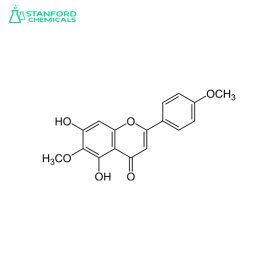
| Available Sizes | 30 capsules, 60 capsules, 120 capsules |
|---|---|
| Key Ingredient | High-quality, pure Pectolinarigenin extract |
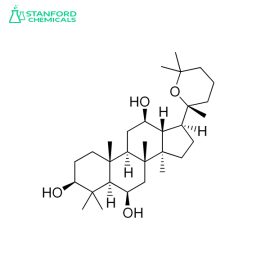
| Available Sizes | 30 capsules, 60 capsules, 90 capsules |
|---|---|
| Key Ingredient | High-quality, pure Panaxatriol extract |

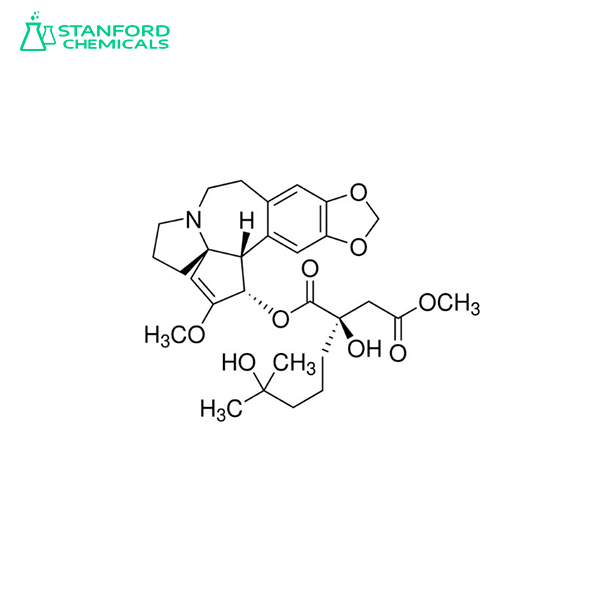
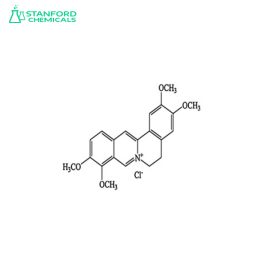
Reviews
There are no reviews yet.